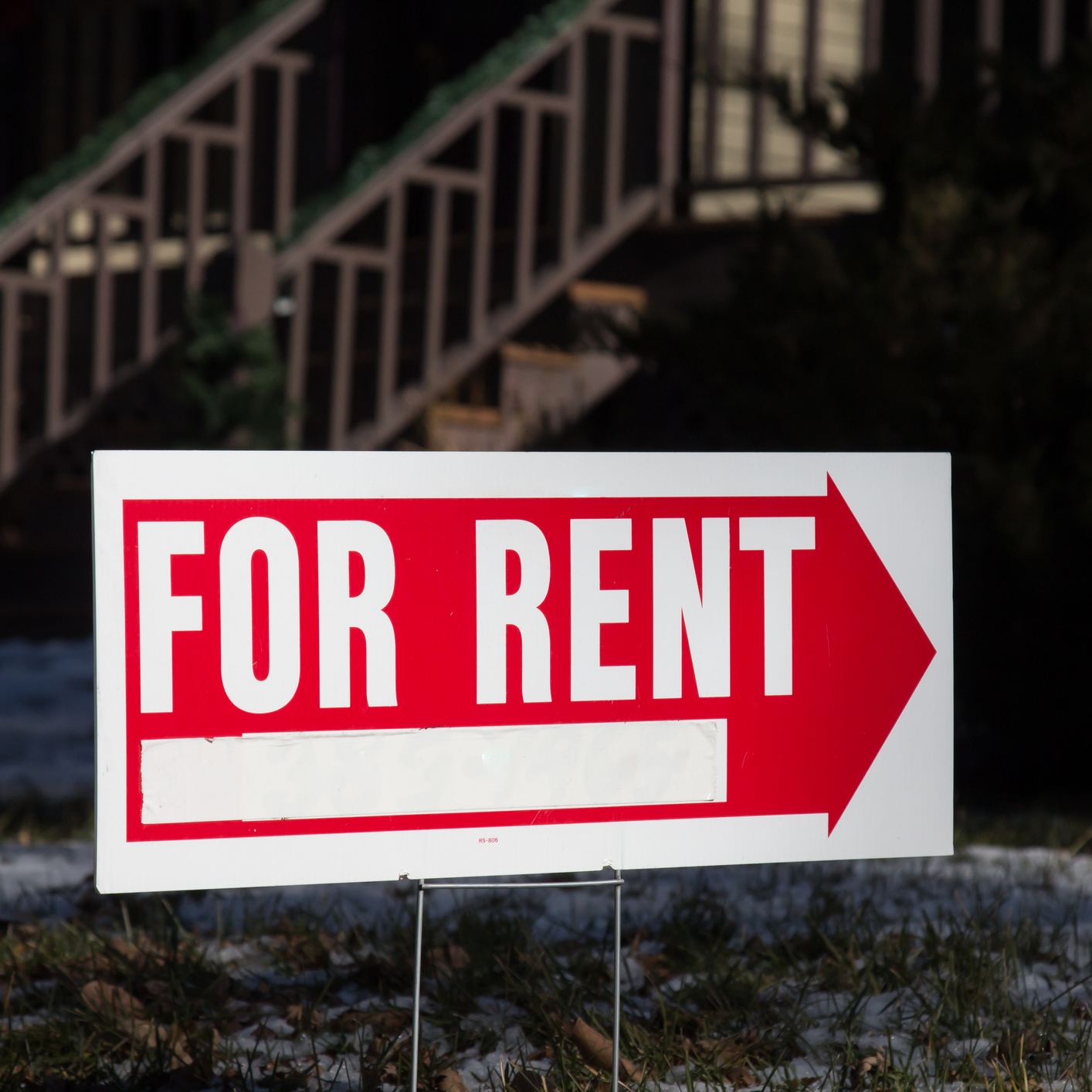Housing
Harvard Report Sees Slowdown in Growth of New Rental Housing

Published:
Last Updated:

After a decade of surging growth, U.S. demand for rental housing has finally hit a soft spot. From annual growth of about 1 million units over the past seven years, demand for rental housing is expected to rise by 136,000 to 365,000 when all the data are in for 2016 and to grow even more slowly in 2017.
The steep increase in rental housing is the result of lower U.S. homeownership, which had been falling since 2004 and picked up speed following the housing crash. As unemployment remains low and wages rise (if only a little), more homebuyers appear and will continue to appear.
In its 2017 report on America’s Rental Housing, the Joint Center for Housing Studies at Harvard University (JCHS), released Thursday morning, researchers estimate demand for rental housing to grow by nearly 500,000 annually over the period from 2015 to 2025.
According to the study, a rising number of Americans earn enough to purchase a home but prefer to rent. And low-income households continue to rent in large numbers:
In 2006, 12 percent of households earning $100,000 or more were renters. In 2016, that share exceeded 18 percent, a cumulative increase of 2.9 million renters in this top income category. Indeed, these high-income households drove nearly 30 percent of the growth in renters over the decade. Even so, renting remains the primary housing option for those with the least means. A majority (53 percent) of households earning less than $35,000 rent their housing, including over 60 percent of households earning less than $15,000.
Single-family homes for rent have declined sharply. Between 2005 and 2015, single-family rentals grew by an annual average of 400,000. In 2016, the number increased by just 74,000. Multi-family rental units now average an increase of about 300,000 units annually, the highest level since the 1980s.
The JCHS study notes that much of the increase in rental units is targeted at higher income households, which are located primarily in high-rise buildings in downtown neighborhoods where land and labor are both expensive. The median asking rent for new apartments rose by 27% between 2011 and 2016 to an inflation-adjusted average of $1,480 a month. That suggests an annual income of $59,000 in order to afford one of these units (based on a 30%-of-income standard for housing), well above the median renter income of $37,000.
Vacancy rates among higher price units rose 1.5 percentage points year over year in the third quarter of 2017 to 6%, while vacancy rates in lower priced units rose slightly to a relative low 4.1%.
And like affordability in the homebuying market, renters face a similar issue:
The rental market thus appears to be settling into a new normal where nearly half of renter households are cost burdened [paying more than 30% of income for housing]. An important element of this trend is that more middle-income renters are spending a disproportionate share of income for housing. … [T]he cost-burdened share of lowest-income households (earning less than $15,000) was still a stunning 83 percent, with the vast majority experiencing severe burdens.
The JCHS study concludes that the number of renter households will continue to increase “at a healthy clip, driving up the need for additional supply.” Moreover:
[T]he market simply cannot supply housing at prices affordable to the nation’s lowest-income households. The best means of supporting these families and individuals depends on both local market conditions and the value placed on other policy goals, such as helping to revitalize communities and improving the geographic distribution of permanently affordable housing. … [T]he current level of rental housing assistance is grossly inadequate. It is concerning that discussions about federal tax reform have not addressed ways to expand the availability of affordable housing, and proposed measures could even erode the limited support that currently exists.
See the full JCHS report.
Retirement planning doesn’t have to feel overwhelming. The key is finding professional guidance—and we’ve made it easier than ever for you to connect with the right financial advisor for your unique needs.
Here’s how it works:
1️ Answer a Few Simple Questions
Tell us a bit about your goals and preferences—it only takes a few minutes!
2️ Get Your Top Advisor Matches
This tool matches you with qualified advisors who specialize in helping people like you achieve financial success.
3️ Choose Your Best Fit
Review their profiles, schedule an introductory meeting, and select the advisor who feels right for you.
Why wait? Start building the retirement you’ve always dreamed of. Click here to get started today!
Thank you for reading! Have some feedback for us?
Contact the 24/7 Wall St. editorial team.